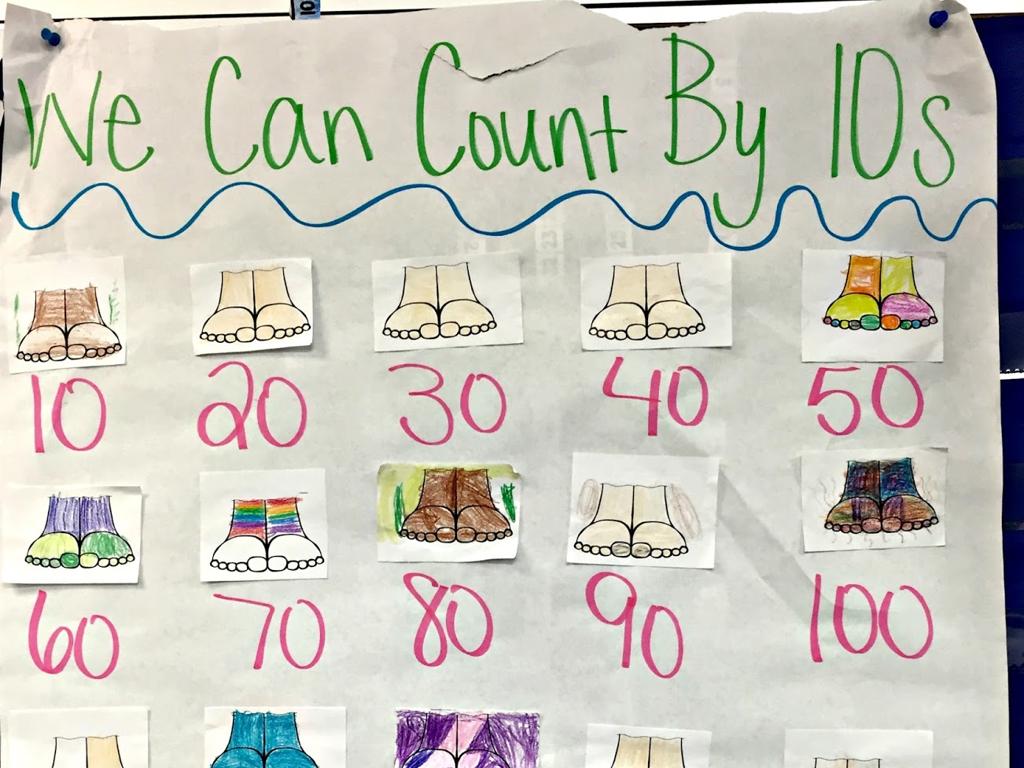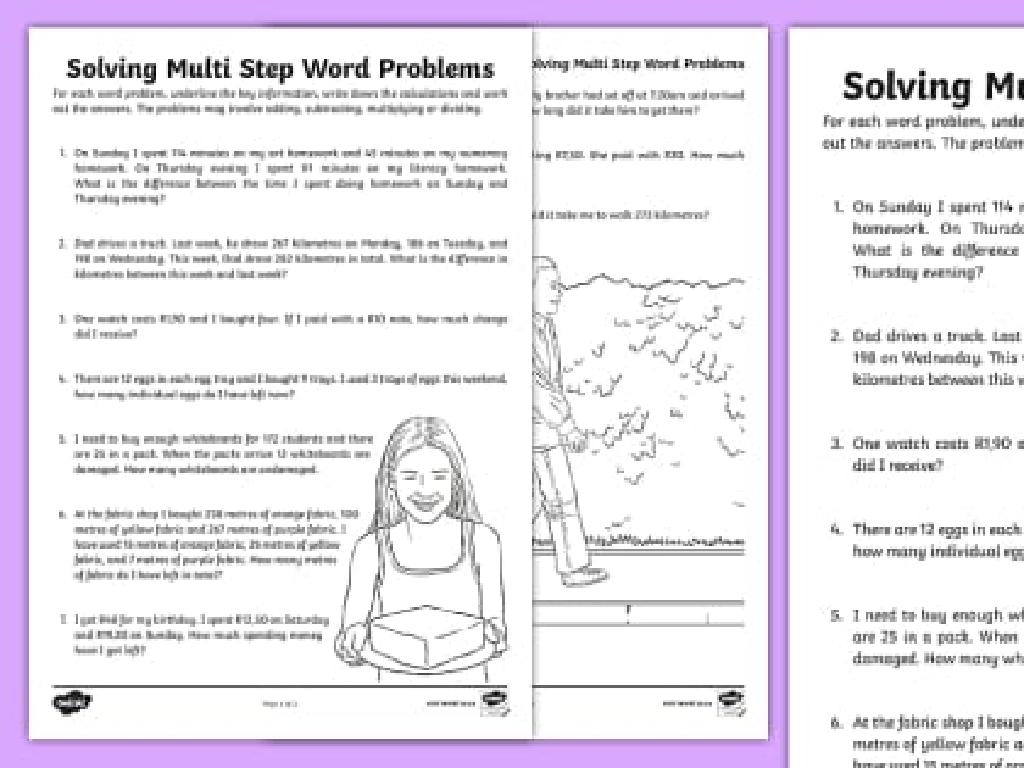Art Of The Americas To World War I
Subject: Arts and humanities
Grade: High school
Topic: Art History
Please LOG IN to download the presentation. Access is available to registered users only.
View More Content
Exploring Art of the Americas Pre-WWI
– Diversity in American art
– Art from North, Central, & South America shows a blend of indigenous and colonial influences.
– Historical & cultural context
– Understanding the era, beliefs, and social structures that shaped the art.
– Art reflecting society
– Artworks as mirrors to the past, showing values, conflicts, and aspirations of people.
– Analyzing societal influence
|
This slide introduces students to the diverse and rich history of art from the Americas before World War I. It emphasizes the importance of understanding the cultural and historical context in which this art was created, as it reflects the complex societies of the time. Students should be encouraged to consider how historical events, cultural interactions, and societal changes influenced the art of different regions. Discuss how art serves as a historical document that can offer insights into the past. Examples of artworks to consider might include the monumental architecture of the Aztecs, the intricate textiles of the Andean cultures, or the early modernist paintings in the United States.
Exploring Pre-Columbian Art
– Art before European contact
– Maya, Aztec, Inca civilizations
– Advanced societies with rich artistic traditions
– Symbolism in art
– Art often held religious or ceremonial significance
– Materials and purposes
– Gold, jade, textiles, and pottery used for various functions
|
This slide introduces students to the rich and diverse world of Pre-Columbian art, created by the indigenous peoples of the Americas before European intervention. Highlight the major civilizations such as the Maya, Aztec, and Inca, each with their unique artistic contributions. Discuss the symbolic nature of their art, where many pieces served religious or ceremonial purposes. Explore the materials they used, such as gold, jade, textiles, and pottery, and how these materials were integral to the function and meaning of the art pieces. Encourage students to consider the cultural significance of these artworks and how they reflect the values and beliefs of their creators.
Colonial Art in the Americas
– European colonization impact
– European arrival altered native art forms, often erasing indigenous identities.
– Syncretism in art
– Syncretism led to unique art styles combining native and European motifs.
– Colonial art examples
– Examine paintings, sculptures from the colonial period.
– Influences on architecture
– Colonial churches and buildings show European architectural styles blended with local traditions.
|
This slide aims to explore the profound effects of European colonization on the art of the Americas. It’s crucial to discuss how the arrival of Europeans impacted indigenous art, often leading to the loss of traditional forms and practices. Syncretism, or the blending of native and European elements, resulted in new, hybrid art forms that are unique to the colonial period. Provide examples of colonial art, such as paintings and sculptures, that students can analyze to understand these changes. Additionally, discuss how colonial architecture, especially churches and public buildings, incorporated European styles while adapting to local conditions and materials. Encourage students to consider how art and architecture can reflect broader cultural and historical shifts.
Artistic Movements Preceding WWI
– Evolution of art movements
– From Neoclassicism to Impressionism, art evolved with cultural shifts.
– Societal influence on art
– Art movements mirrored revolutions in society, politics, and philosophy.
– Key artists and contributions
– Delacroix, Turner, Courbet, Monet: pivotal figures in their movements.
– Transition to modern art
|
This slide provides an overview of the major art movements leading up to World War I, highlighting how each reflected the changing times. Neoclassicism, with its emphasis on order and tradition, gave way to Romanticism’s celebration of emotion and nature. Realism focused on depicting the truth of everyday life, while Impressionism broke from tradition to capture fleeting moments with new techniques. Discuss how societal changes, such as the Industrial Revolution and the rise of the middle class, influenced these movements. Highlight key artists like Eugène Delacroix, J.M.W. Turner, Gustave Courbet, and Claude Monet, who pushed the boundaries of art in their respective eras. This sets the stage for understanding how these movements collectively paved the way for modern art, which would fully emerge in the aftermath of World War I.
Case Study: The Hudson River School
– America’s first art movement
– A reflection of American landscape and ideals
– Emphasis on nature and discovery
– Depicted vast wilderness, symbolizing potential and progress
– Exploration as a central theme
– Represented the American spirit of discovery in the 19th century
– Analyzing works by Cole or Church
– Example: Cole’s ‘The Oxbow’ or Church’s ‘Heart of the Andes’
|
The Hudson River School was a mid-19th century American art movement embodied by a group of landscape painters whose aesthetic vision was influenced by romanticism. The themes of nature, discovery, and exploration celebrated the natural beauty of the American landscape. This slide will delve into the significance of the movement as America’s first true ‘school’ of art, emphasizing the works of prominent figures like Thomas Cole and Frederic Edwin Church. Students should analyze the use of light, color, and composition in paintings such as Cole’s ‘The Oxbow’ or Church’s ‘Heart of the Andes’ to understand how these artists conveyed the vastness and untamed beauty of America. Encourage students to consider how these works reflect the cultural and philosophical values of the time, particularly the notion of Manifest Destiny and the westward expansion.
Modernism in American Art
– Emergence of Modernism in the US
– A movement marked by a deliberate departure from tradition and the use of innovative forms of expression.
– Influential artists: O’Keeffe & Hopper
– Georgia O’Keeffe’s large flowers and Edward Hopper’s urban scenes challenged conventional subjects and perspectives.
– Breaking from artistic tradition
– These artists embraced new ideas and forms, often focusing on abstraction and exploring themes of modern life.
– Modernism’s impact on art culture
– Modernism reshaped the art world, influencing how artists thought about and depicted the changing society.
|
This slide introduces students to the concept of Modernism in American art, highlighting its significance in the early 20th century. Modernism represented a break from the past, with artists experimenting with new forms and techniques to express the rapidly changing world around them. Key figures like Georgia O’Keeffe, known for her close-up flower paintings, and Edward Hopper, recognized for his depictions of American urban life, played pivotal roles in this movement. The discussion point on how these artists broke from tradition can lead to an engaging classroom conversation about the nature of innovation in art and the societal factors that drive artists to explore new boundaries. Encourage students to consider the ways in which these artists’ works reflect the spirit of their time and how they continue to influence contemporary art.
Class Activity: Analyzing Art
– Select an artwork from our collection
– Examine the historical context
– Consider the time period, events, and culture depicted
– Note the artistic elements used
– Look for color, form, perspective, and symbolism
– Prepare to present your analysis
|
This activity is designed to engage students with art from the Americas leading up to World War I. Students will choose a piece from a curated selection that represents significant historical and cultural moments. They should consider how the time period and events influenced the artwork. Encourage them to identify elements such as color schemes, forms, perspective, and use of symbols. Each student will present their findings, fostering public speaking skills and peer learning. Possible activities: 1) Compare and contrast two artworks, 2) Create a timeline with the artworks, 3) Write a short essay on the cultural impact of the chosen piece, 4) Discuss the emotional response the artwork evokes, 5) Role-play as the artist explaining their work.






